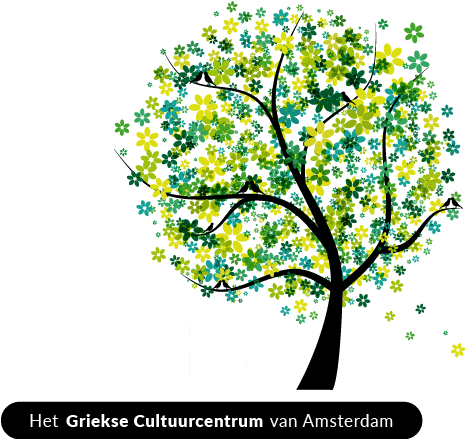Geen producten in de winkelwagen.
Rode paaseieren: wat zijn de verborgen symbolieken en waarom zijn ze rood?

One of the most popular Easter customs is the painting of the eggs on Holy Thursday.
May be in recent years the eggs are painted in different colors, though the tradition wants them red. It is a fact that there were colored eggs in antiquity, in Rome, in Greece, China, Egypt, as gifts at spring festivals with rabbits, which are the symbol of fertility.
The egg symbolizes the tomb of Christ was tightly closed and the miracle of the Resurrection. As the egg is completely closed but eventually breaks and a new “klossopoulaki”(baby- chicken) comes to life, exactly the same happened in the resurrection, with the opening of the tomb and the exit of the risen Christ who is identified with life.

But exactly how, we arrive at the choice of the red color, it is not clear. There are many explanations. The most accepted is that the red colour symbolizes the blood and the sacrifice of Jesus. Other interpretations have as leading characters three different women.
The Virgin Mary and the custom of “red eggs”
According to the tradition, Mary took a basket of eggs and gave them at her Son’s guards begging them to treat him well! When her tears fell upon the eggs they were painted red!
Red eggs and Magdalene
Another story connects the red eggs with Mary Magdalene. When the Roman emperor was informed of the Resurrection of Christ, he considered it so impossible as the possibility to see red eggs. Mary Magdalene then painted some eggs red and she gave them to him in order to confirm the fact.
The mistrustful woman
A variation of the above history, wants one woman not to believe the news of the resurrection of Jesus. So, she said: “When the eggs which I hold in my hands will be turned into red, then I will believe that Christ is resurrected.” And they were red! “

The coloring of the eggs was something that used to do on Holy Thursday so this day was called Red Thursday.
In older times they did it overnight with the start of the new day, in order not to be seen by the day light of the next day which is Holy Friday, a mournful day according to the religion.
The pot they used was new and the number of eggs always certain and symbolic.
The ones who mourn a recent death in their family do not color eggs for Easter. But relatives and friends will bring them some, with the message of Resurrection. Then it will be their turn to leave one at the grave of their beloved dead.

Red is the color of joy for the Resurrection of Christ.But at the same time is a deterrent color. Women in Kastoria hung on Holy Thursday red rugs and red scarves because they believe that brings good luck.
In Mesimvria they used to paint with their eggs a cloth red and to hung it in the window for forty days, in order to chase away the evil eye.

The cracking of the red eggs.
The custom of cracking red eggs is rooted in Byzantium and symbolizes the Resurrection. Another option is that it is originated in northern England as a game: The holder of the most robust egg was the winner!
However, the first egg which is colored in each house should not be “cracked” . Even today many housewives keep it next to the holy icons until next Easter, because they say that does not spoil the whole year!
On next Holy Thursday plant it to their fields in order to make them more fertile.
Lato
Het Griekse CultuurCentrum van Amsterdam
-Griekse taal, Cultuur & meer-



